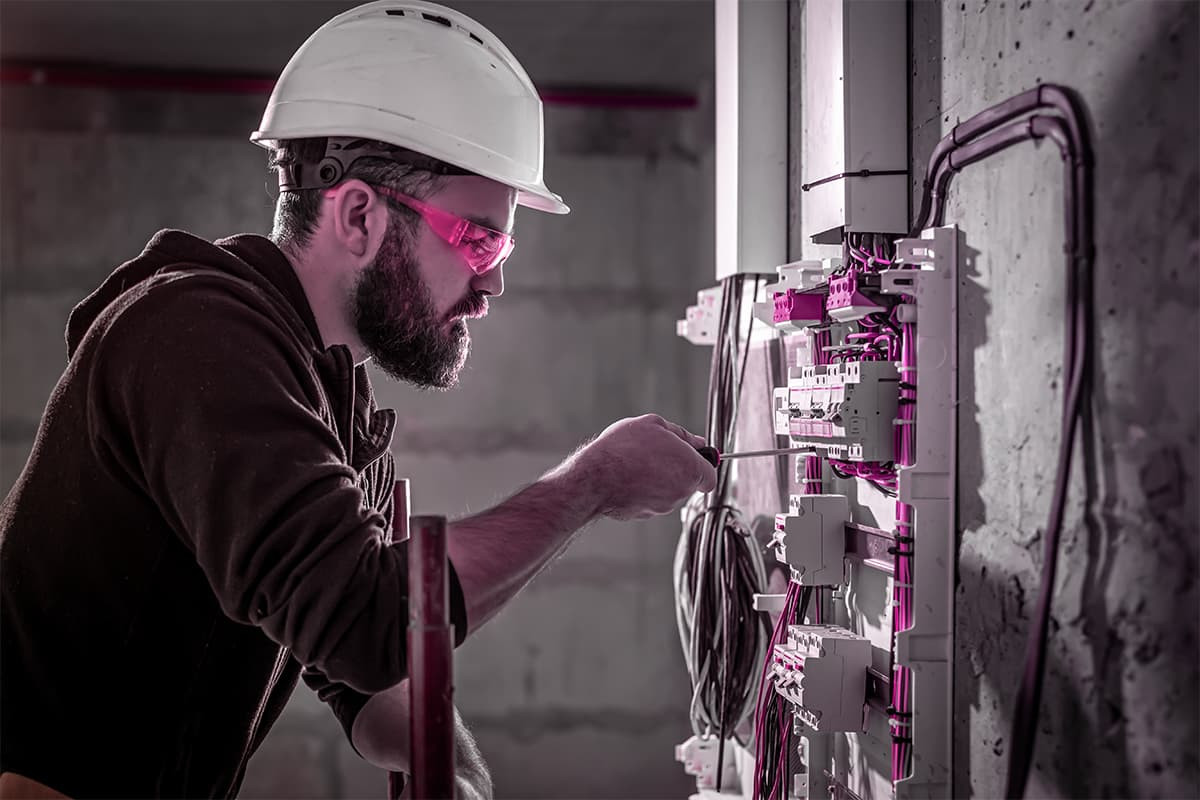
Earthquake and Natural Disaster Safety and Precautions for Electrical Installations
What is in this article?
Anatolia, a seismically very active area, is under the influence of the tectonic movements of the Eurasian Plate, the Arabian Plate and the African Plate. Additionally, the North Anatolian Fault Line, the East Anatolian Fault Line, and the West Anatolian Fault Line are one of the reasons for the intense seismic activity.
Turkey, which has been shaken by devastating earthquakes in recent years, must take important steps to heal its wounds and get prepared for possible future earthquakes. The cities destroyed by the Kahramanmaraş-centered earthquakes and the loss of life caused by these earthquakes still pain our hearts and make us realize that effective measures must be taken to prevent new suffering.
In our blog, you can read what measures to take and what tests to conduct to prevent secondary disasters caused from electrical installations during earthquakes and other natural disasters.
What Precautions Must Be Taken Before an Earthquake?
For some projects, seismic isolation of non-structural elements such as electrical installations may be neglected when designing buildings. Installations such as emergency and power systems, fire lines, and fuel lines are elements that must be under protection during an earthquake. If these are not functioning, many urgent needs such as fire protection, communications, power transmission might be disabled during an earthquake, disrupting vital functions.
Thus, earthquake protection of electrical equipment is one of the primary precautions that must be taken before an earthquake. Earthquake protection is extremely important to provide the electrical power needed to prevent units that maintain vital functions from being disabled immediately after the earthquake.
Different procedures should be followed for wall-hung and overhead elements and installation components to ensure that they remain functional during the earthquake.
-
What is the Seismic Protection?
Property damage and loss of life may occur as a result of fires after an earthquake. It is just as important to design buildings to avoid life-threatening problems that can occur after an earthquake as it is to make them seismically safe.
If nonstructural building elements are not seismically prepared, the collapse of nonstructural systems can have a negative impact even if the building does not collapse. To prevent the occurrence of problems such as fires, the nonstructural system should not be damaged and disabled.
The works and procedures to establish the material and assembly standards of building installation elements, which are not considered structural elements, in a way that would support seismic loads, are called “seismic safety”.
-
What is the Earthquake Safety Inspection?
In earthquake-prone areas, especially in buildings such as hospitals, airports and schools, equipment that has been tested for earthquake resistance is used to prevent power outages after an earthquake. These tests, which are not prescribed by common standards, are required for installation elements to be used in specific buildings.
For the seismic testing, the following tests are conducted to check the required parameters:
- Signal control of the digital channels
- Mechanical interlocks, if any
- 1-minute resonance tests in X, Y and Z axes
- 30-second seismic test in 3 axes simultaneously.
Arranged in two categories, the result is evaluated by electrical engineers according to the acceptance classes.
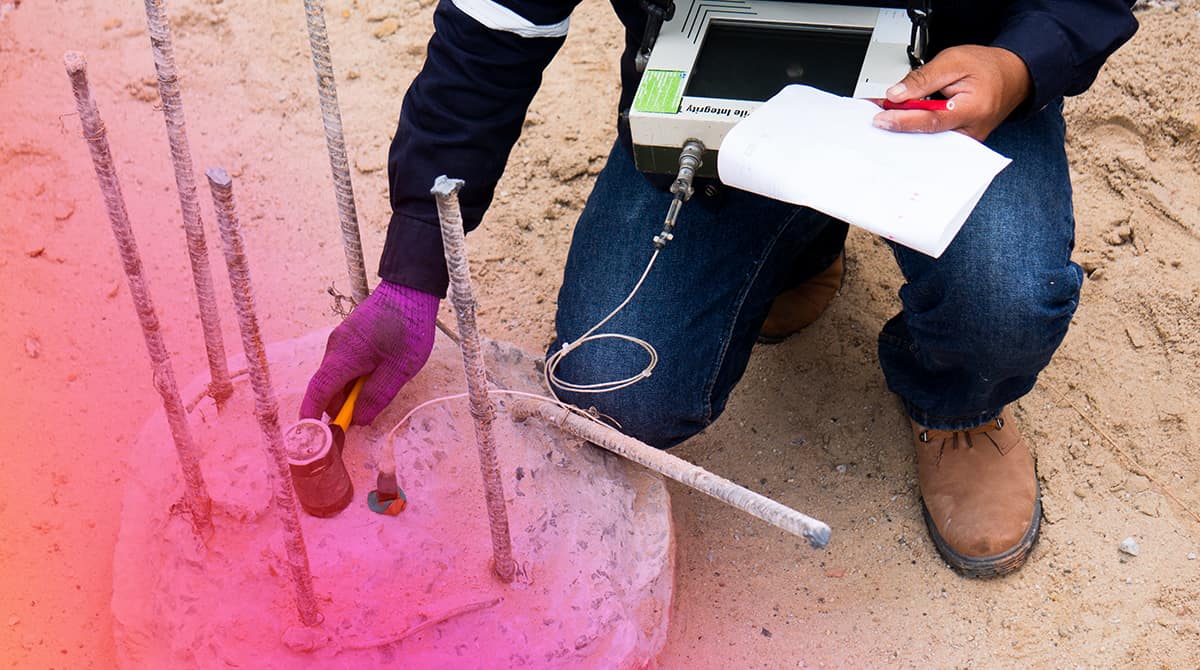
-
Performance Tests in Electrical Equipment and Electrical Installations
There are tests of vital importance, which must be conducted on electrical installations to check their standard functions. For this purpose, the following tests are used: insulation resistance, continuity of protective conductors, protection by separation of circuits, floor and wall resistance, automatic interruption of supply, polarity and functional performance.
The IEC 60364 standard and many equivalent standards implemented in the EU countries have the function of defining requirements for fixed electrical installations in buildings.
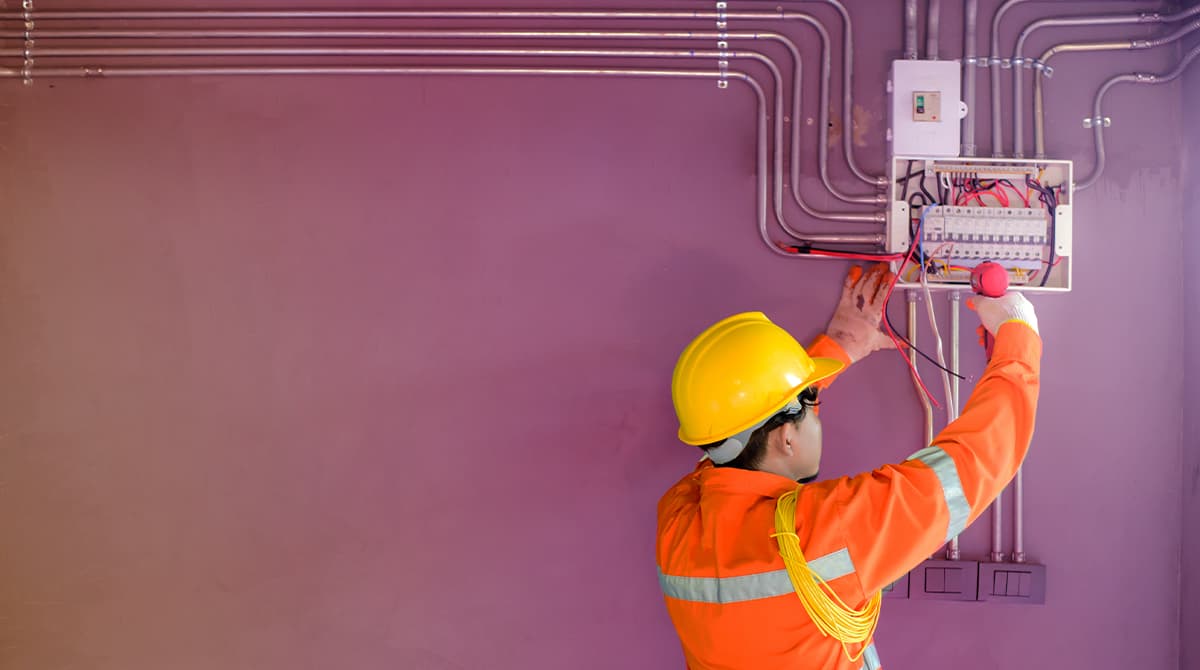
What is the Reason of Power Cuts after Earthquake?
Given the safety circumstances after an earthquake, the power may be turned off to prevent possible damage from broken wires. This also prevents fires that may be caused from the escaping gas. Apart from that, there may also be power cuts caused from the damaged grid.
Earthquake Regulation and 4-Level Standard System in Electricity
Federal Emergency Management Agency (FEMA) specification 356 establishes four levels of functions for nonstructural elements. The FEMA-356 performance standardization system (Prestandard and Commentary for Seismic Rehabilitation of Buildings, 2000) applies for these elements during and after the earthquake.
Despite it is common in the United States of America, except for the highest functional level, other three levels of functions are set out in the regulations currently in effect in our country.
- Functionality Performance Level: In short, this is the most ideal level where non-structural elements maintain their functions after the earthquake as they did before the earthquake.
- Immediate Use Performance Level: This level corresponds to a situation where basic systems such as entrance and exit doors, stairs, elevators, emergency lighting, and fire alarms can continue to function after an earthquake.
- Safety-of-Life Performance Level: This level refers to the situation where the non-structural elements of the building are damaged after the earthquake, but this damage is not so great that it endangers life safety.
- Collapse Prevention Performance Level: This level covers situations where the non-structural elements damaged after an earthquake may pose a risk of collapse and the steps to prevent it.
We are curious about your opinions regarding the practices in our country and the level you have observed. You can share our post with your loved ones to ensure that they come to know what precautions to take for electrical installations against earthquakes.

 Online Services
Online Services Application Inquiry
Application Inquiry Pay Assurance Fee
Pay Assurance Fee Query Installation Number
Query Installation Number Compensation Fee Inquiry
Compensation Fee Inquiry Automatic Payment Order Inquiry
Automatic Payment Order Inquiry Partnership
Partnership

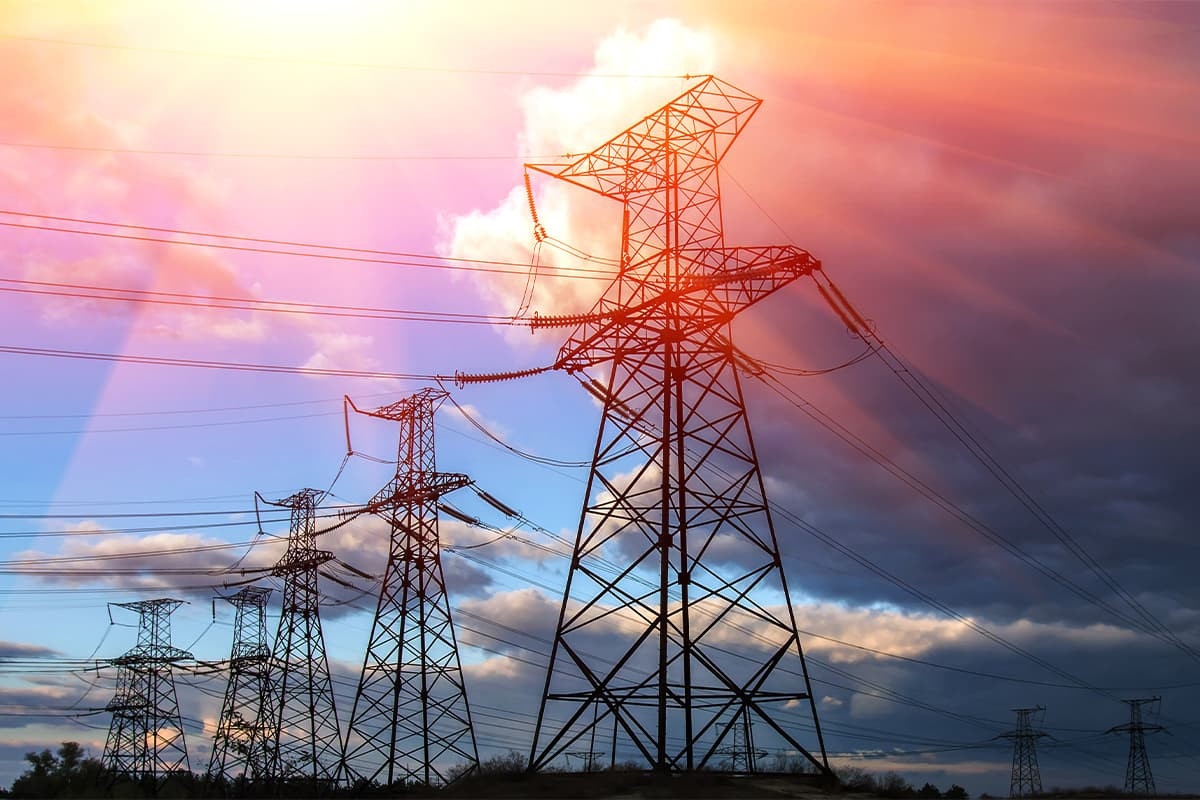



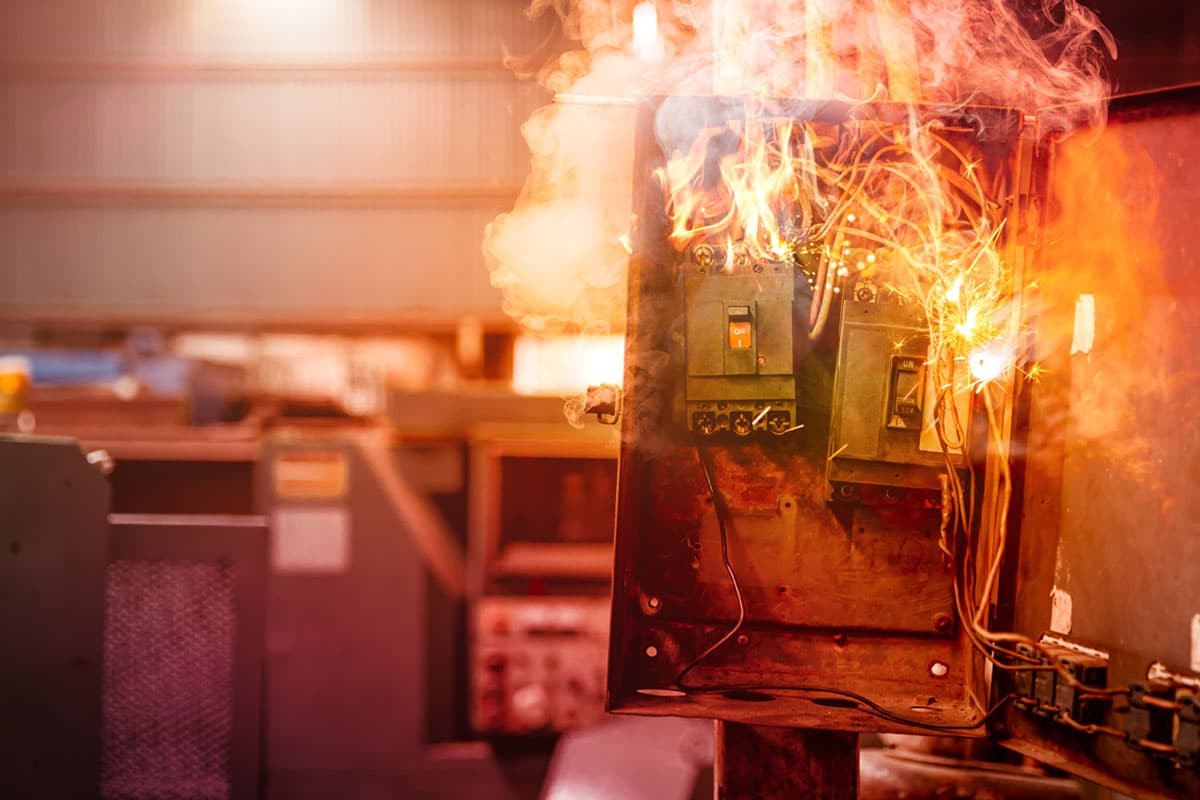
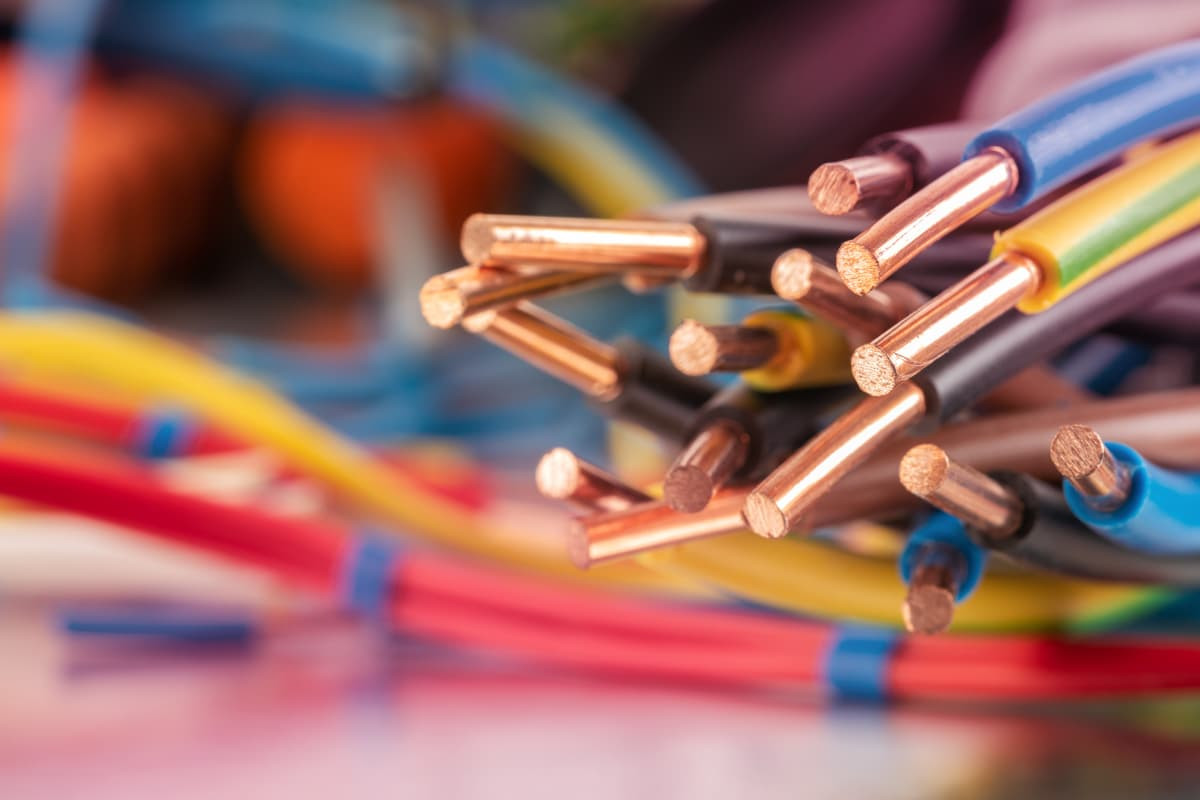
Leave a Comment